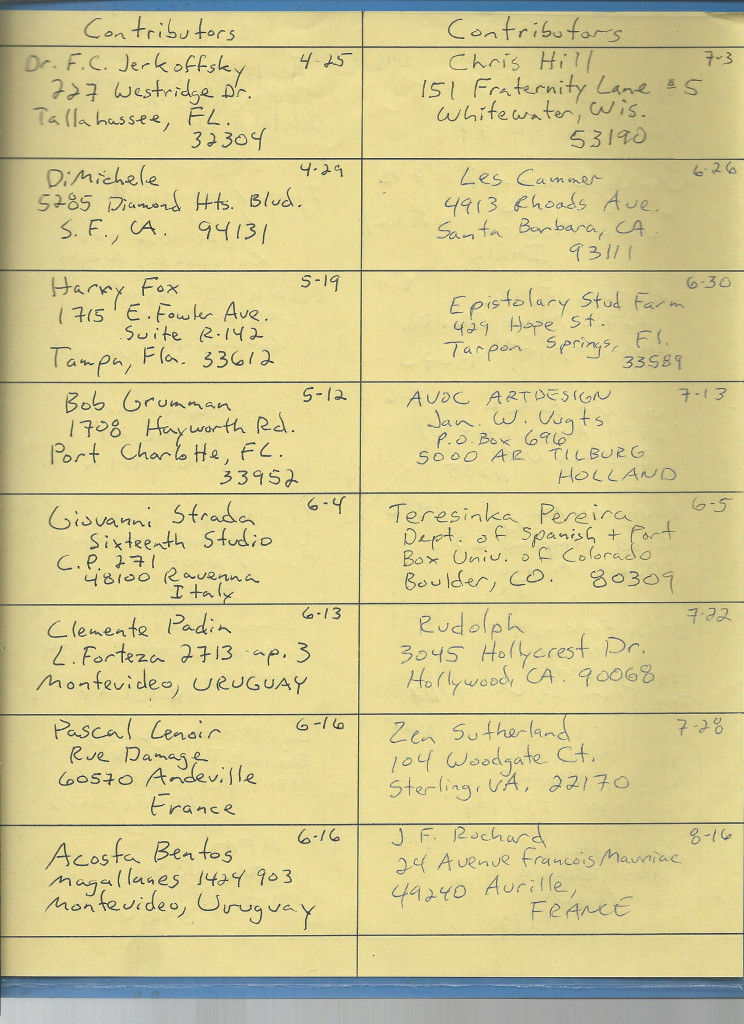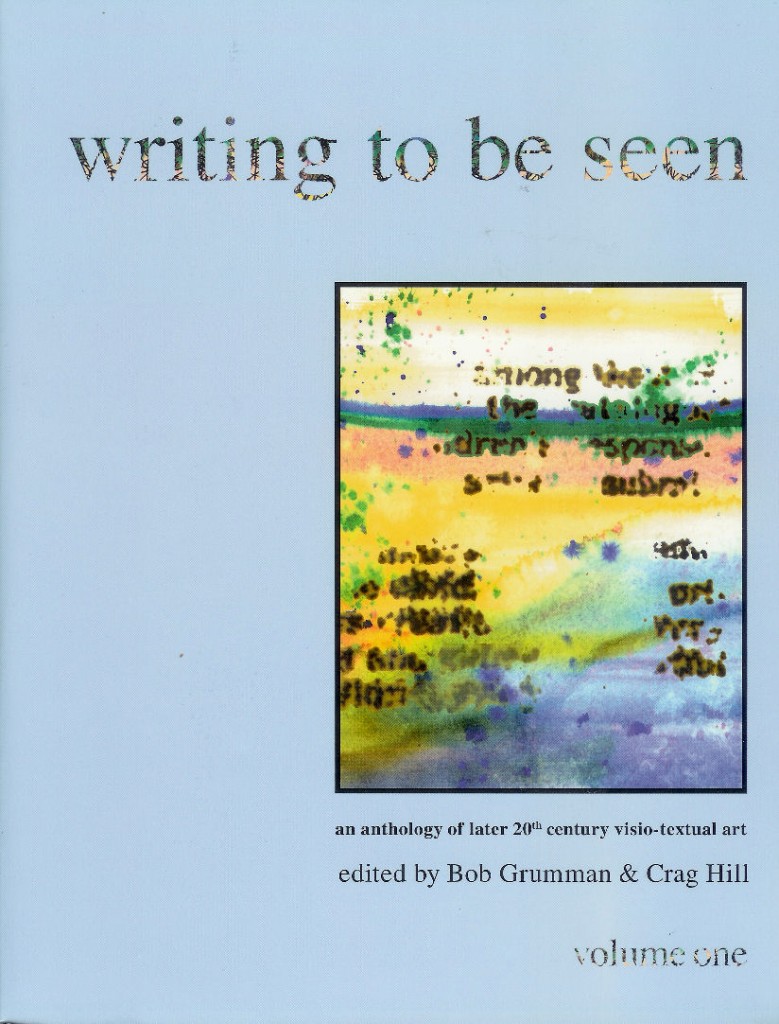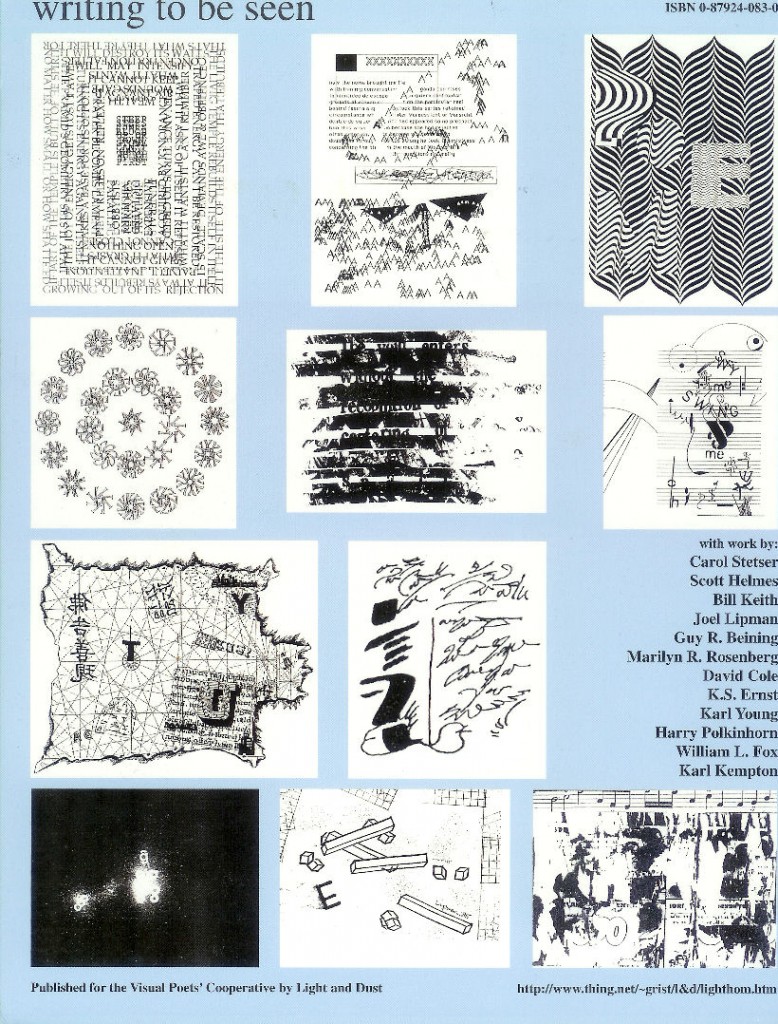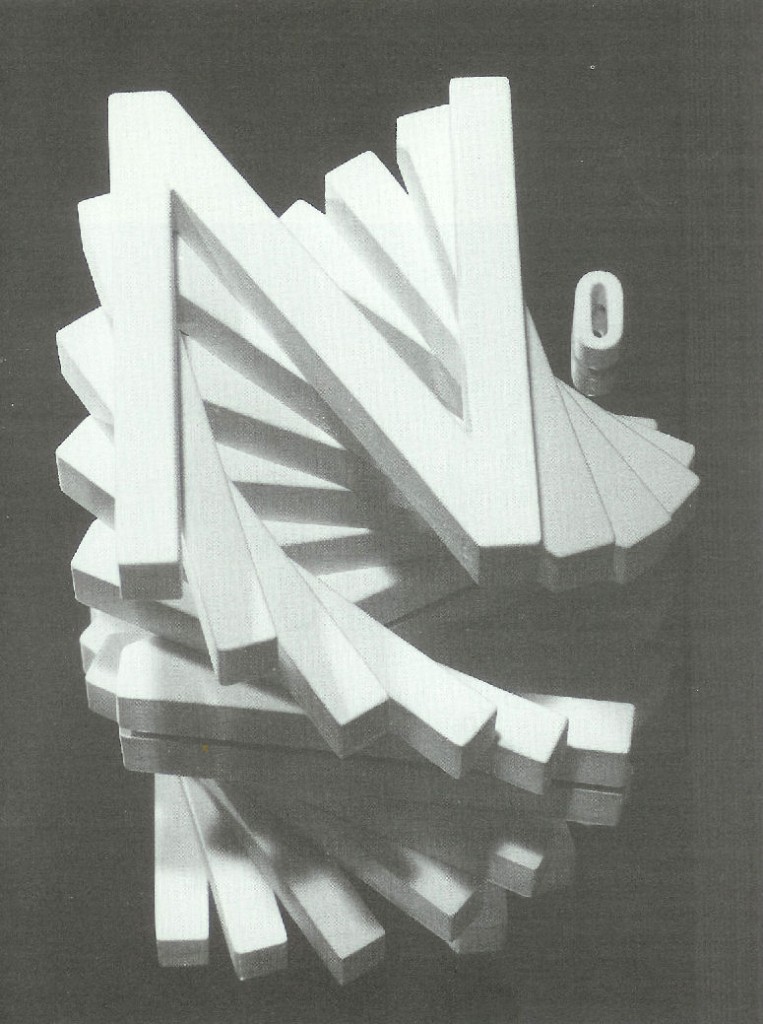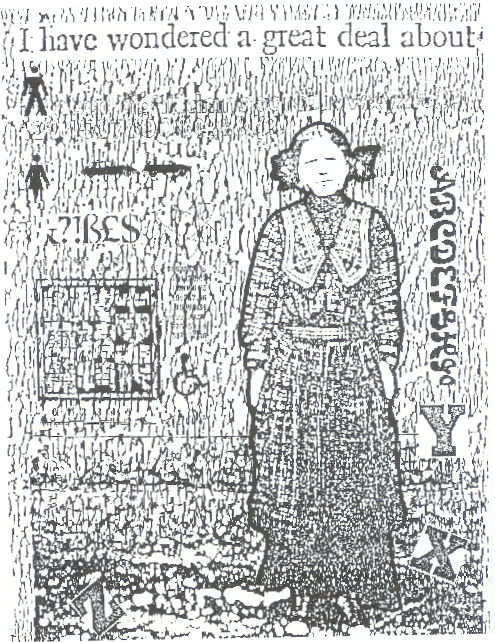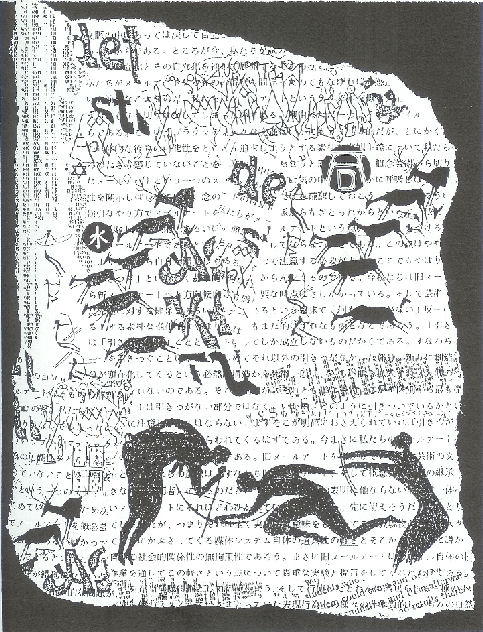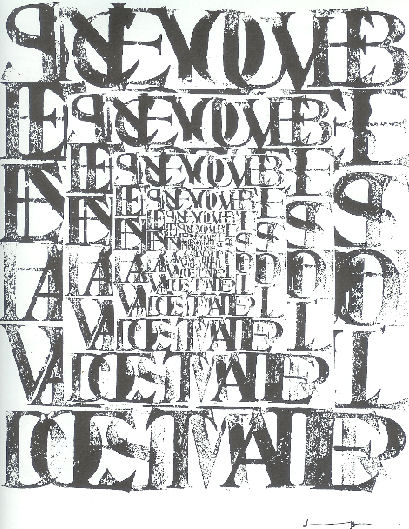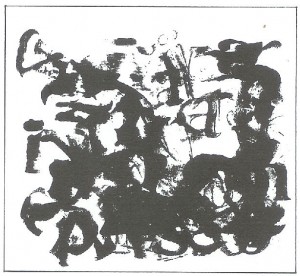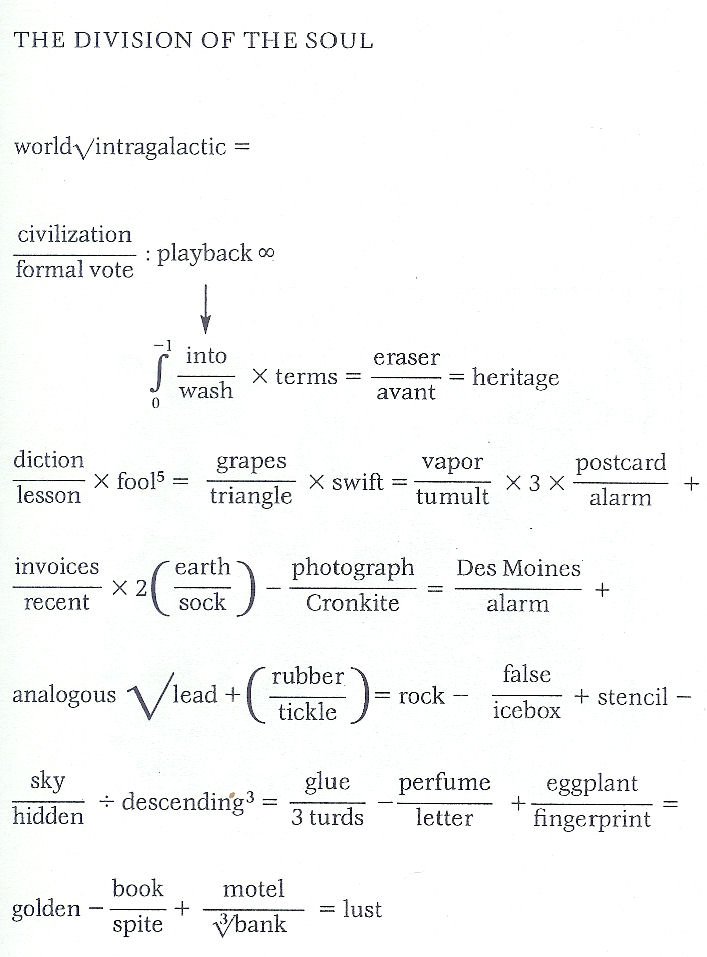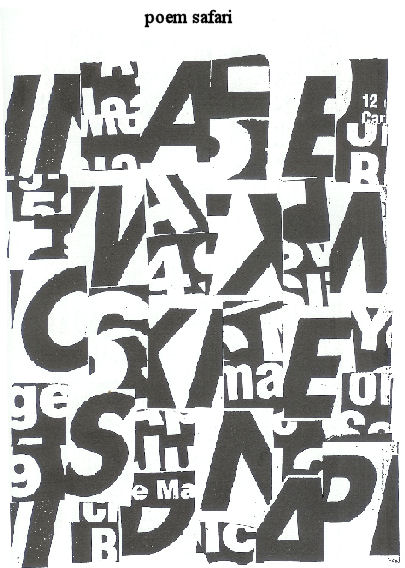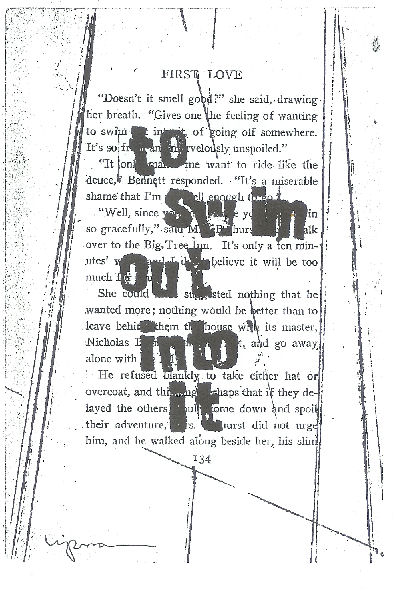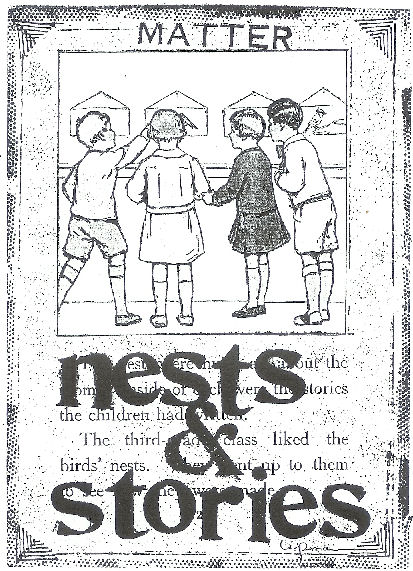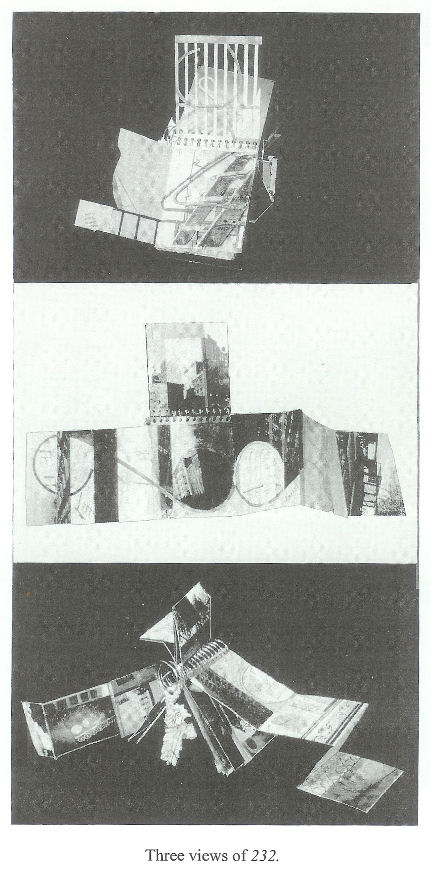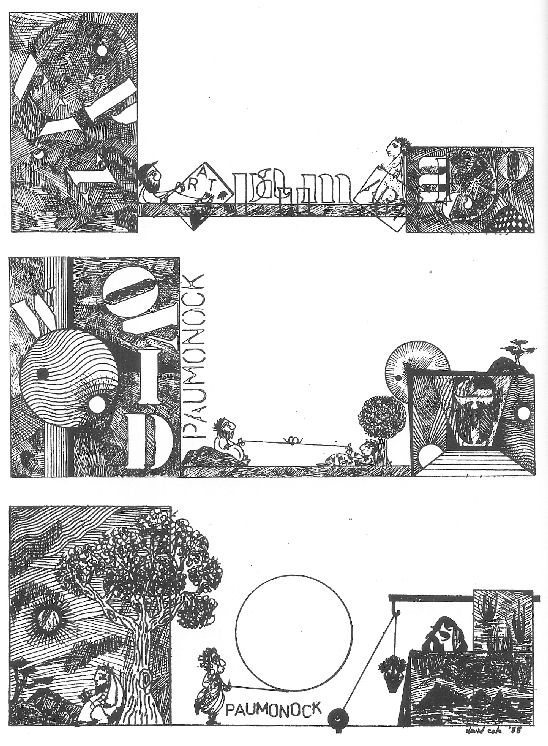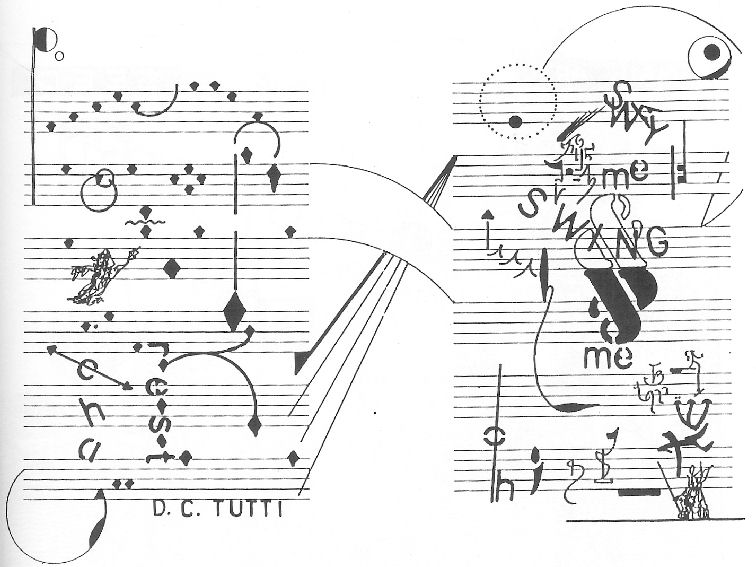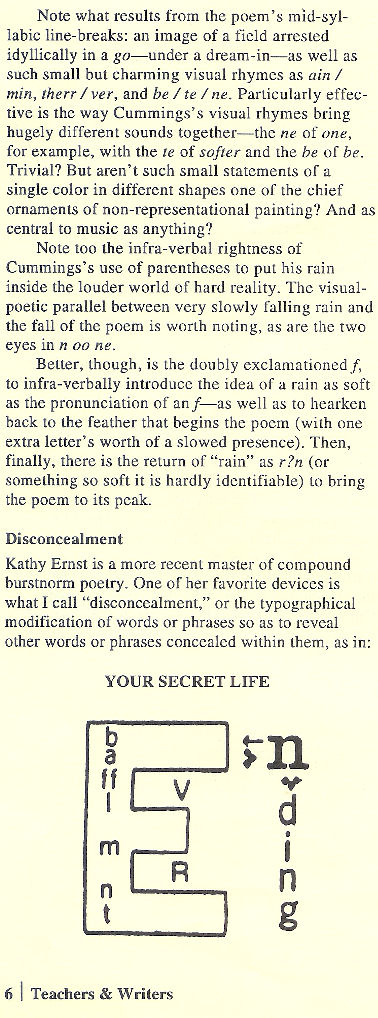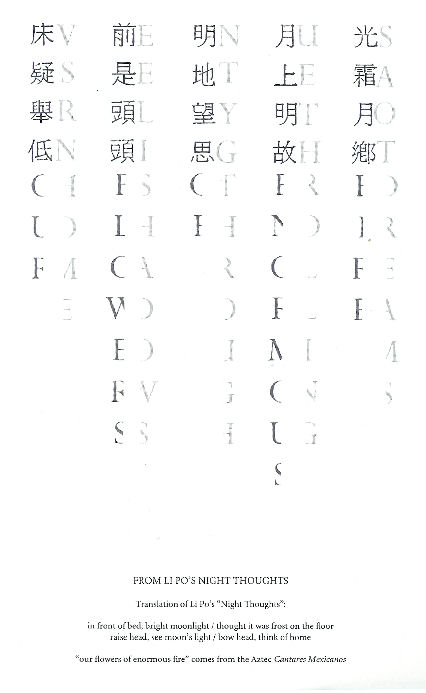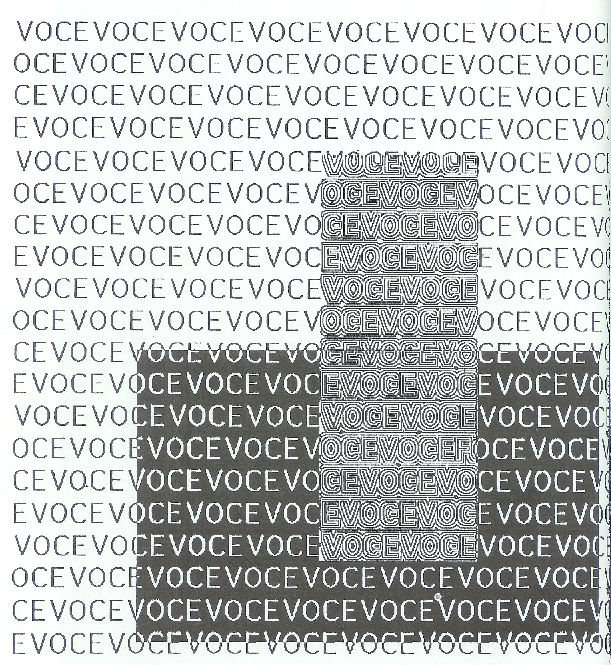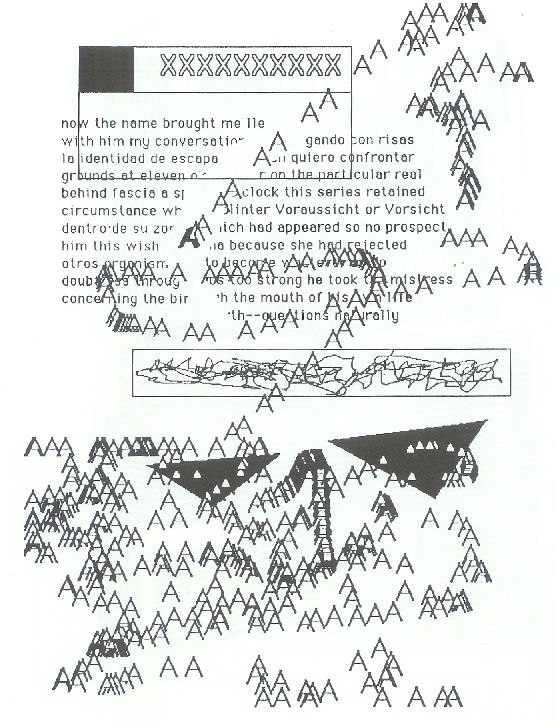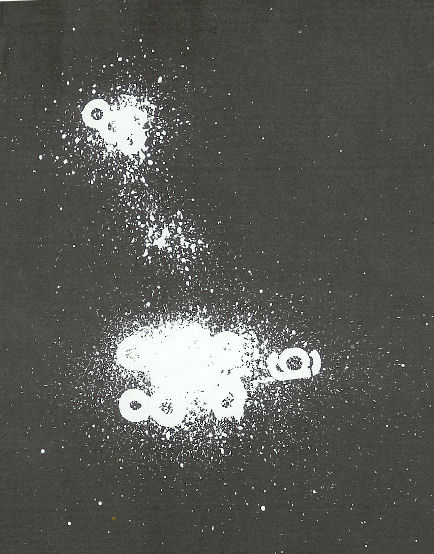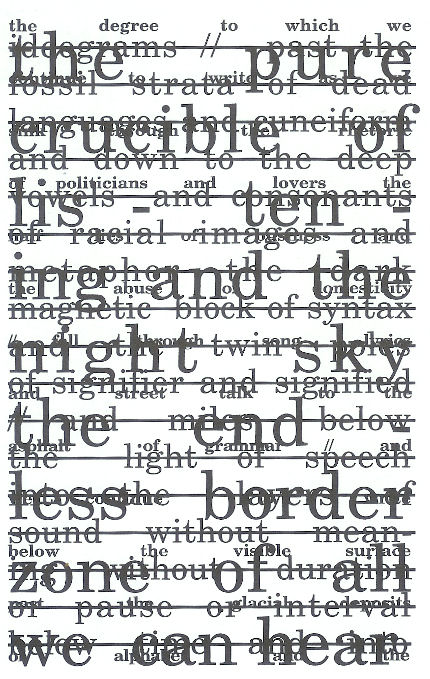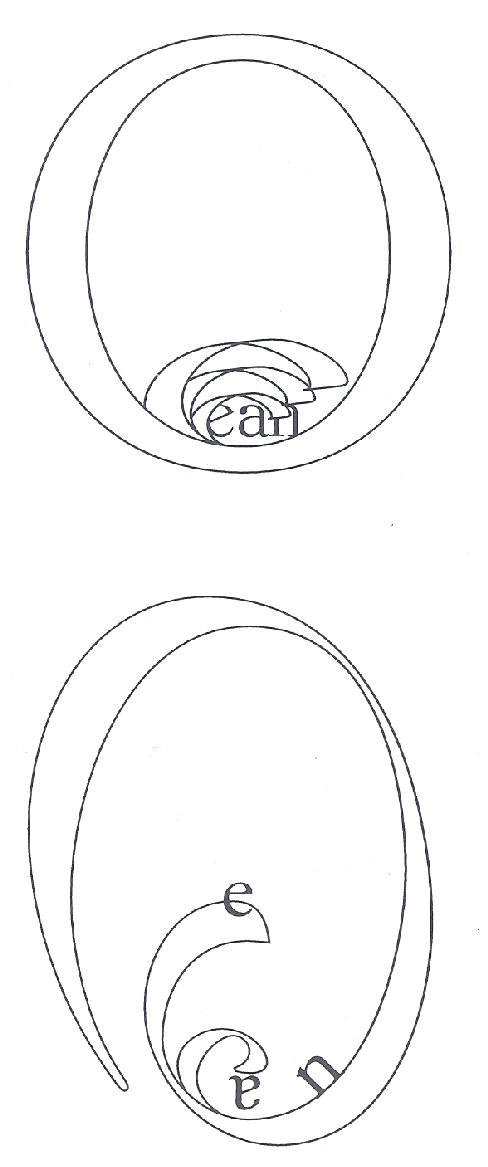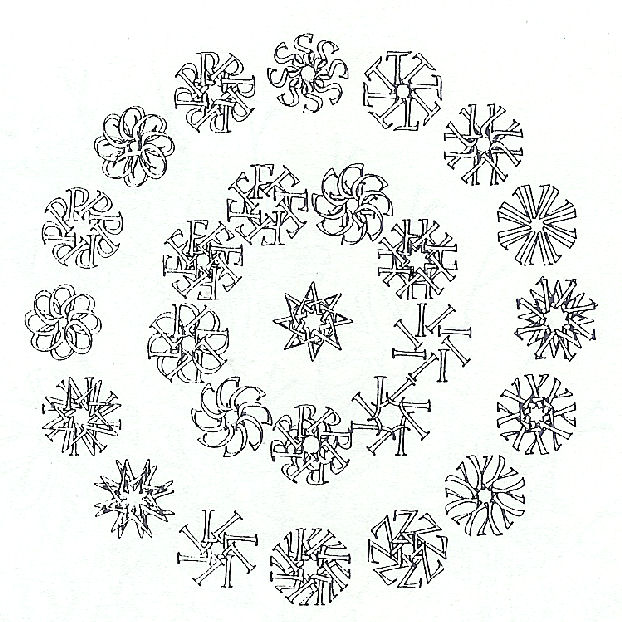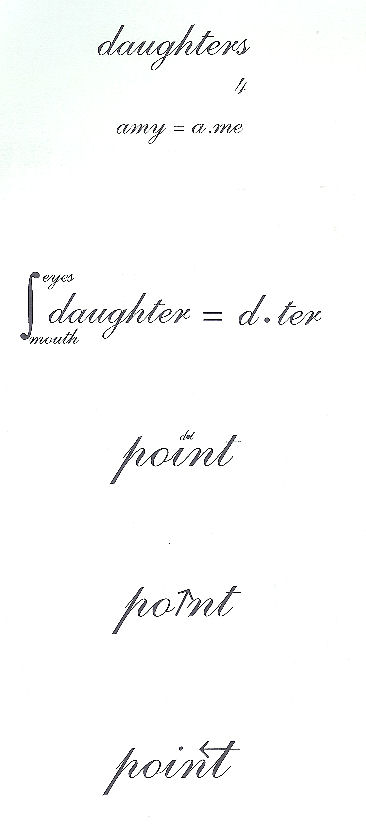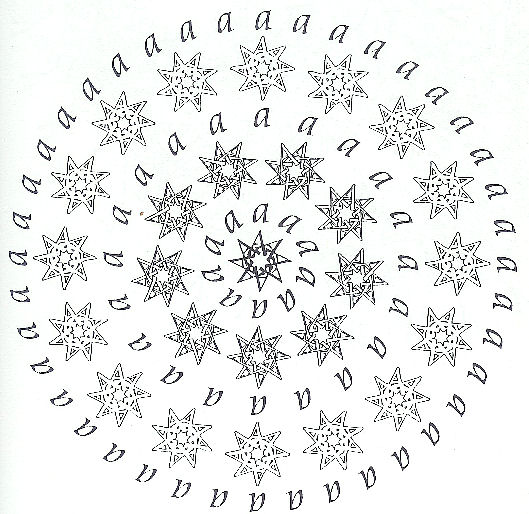SHAKESPEARE, THE ACTOR/POET
The next plank in my detailed case for Shakespeare has to do with the question of whether or not anyone named William Shakespeare was an actor.
William Shakespeare, Actor
The London-based acting company variously known as the Lord Chamberlain’s Men (1594-96, 1597-1603), Lord Hunsdon’s Men (1596-97), and the King’s Men (1603-42) was responsible for the premieres of almost all of the Shakespearean plays. The evidence that establishes that some William Shakespeare not only was an actor, but was a prominent member of this company, is as follows, in chronological order:
(1) A record of 15 March 1595 indicates that the Treasurer of the Queen’s Chamber paid “William Kempe William Shakespeare & Richarde Burbage servants to the Lord Chamberleyne” for performances at court in Greenwich on 26 and 27 December (St. Stephen’s Day & Innocent’s Day) of the previous year. This is not the strongest evidence that a William Shakespeare was an actor, but puts him prominently with the right organization at the right time to have been one—in the company of two known actors.
(2) Next, we have an indenture that was drawn up 21 February 1599 for the Southwark property on which the Globe playhouse was erected. Though the land was owned by Sir Thomas Brend, his son Nicholas was the agent in the transaction that resulted in seven of the Lord Chamberlain’s Men’s becoming share-holders in the playhouse itself. The indenture states that half of the shares were divided among William Shakespeare, William Kempe, John Heminges, Augustine Phillips and Thomas Pope, while the other half went to the brothers Richard and Cuthbert Burbage. Only one share-holder was known not to be an actor, Cuthbert Burbage, and there are extant records verifying his being a theatrical entrepreneur of a kind none of the others was known to have been. Ergo: a strong if not explicit record for a William Shakespeare’s having been an actor.
(3) When Sir Thomas Brend died not long afterward, the post-mortem inventory of his property made on 16 May 1599 included his Bankside plot on which was “Una domo de novo edificata . . . in occupacione Willielmi Shakespeare et aliorum” (“a house [actually the Globe Theatre] newly built . . . in the occupation of William Shakespeare and others.”) Interesting that Shakespeare is the only one named on this document as occupying (or whatever that may mean if not oiterally occupying) the new home of the Lord Chamberlain’s Men—which, if it doesn’t make him an actor, certainly makes him an important theatrical personage.
(4) The first piece of direct evidence that a William Shakespeare was an actor (rather than someone associated with a company of actors but not necessarily an actor himself) is the record previously mentioned from the heralds’ office (which exists only in a copy made before 1700). It consists of a sketch of the Shakespeare coat of arms with the notation, “Shakespear ye Player/ by Garter,” the latter reference being to the Garter King of Arms, William Dethick, who granted the Shakespeares their coat of arms. At the time, Brooke was attacking Dethick for awarding coats of arms to undeserving families—such as a fishmonger’s and—in this case—one with an actor in it. Whatever we make of this document, it does establish that the Herald, Ralph Brooke, who was almost certainly responsible for the original (in 1601 or 1602), considered somebody named Shakespeare an actor. I will return to this record in much greater detail in a later chapter, one whose purpose is to show that the actor/poet William Shakespeare was the William Shakespeare born in Stratford, which this record helps confirm.
(5) The fifth piece of pertinent evidence is weaker: it is an entry of circa 1602 in John Manningham’s diary. Manningham has heard that during a performance of Richard III, “Shakespeare” had found out about a female admirer of Richard Burbage whom Burbage had invited to meet with him later; Shakespeare got there first and when Burbage showed up, knocked at the door and had a servant announce him as “Richard III,” Shakespeare sent back word that “William the Conquerer was before Richard III.” This indicates that some William Shakespeare was, in the public eye, intimately associated with Richard Burbage.
(6) Next is a Royal Warrant for a Patent and the Patent itself (19 May 1603) licensing the company of actors, “Laurence Fletcher, William Shakespeare, Richard Burbage, Augustine Phillipes, John Hemmings, Henrie Condell, William Sly, Robert Armyn, Richard Cowly and the rest of their associates” as the King’s Servants. Like most of the records so far, this one does not prove that the Shakespeare named was an actor (he could have been merely a prop man or something), but strongly suggests it, particularly as (a) all the others on the list were known to have been actors, and (b) he was listed in the second spot on the list, which meant he was considered the second most important person on it, such lists generally being hierarchical back then. (The man first on the list, Lawrence Fletcher, had acted for King James in Scotland, according to one record; apparently he joined the troupe upon James’s ascension, and was given high status for being a favorite of James’s.)
(7) Closely connected to the preceding record is the account of Sir George Home, Master of the Great Wardrobe, listing the names of “Players” who were given four yards of red cloth apiece for the investiture of King James in London on 15 March 1604. Here a William Shakespeare is named first among the same members of the company as before—making the document the strongest explicit record stating that a William Shakespeare was a . . . player.
(8) A little later, Augustine Phillips of the King’s Men died. In his will, executed 5 May 1605, proved 16 May 1605, he bequeathed “to my Fellowe William Shakespeare a thirty shillings peece in gould, To my Fellowe Henry Condell one other thirty shillinge peece in gould . . . To my Fellowe Lawrence Fletcher twenty shillings in gould, To my Fellowe Robert Armyne twenty shillings in gould . . . .” All of those besides Shakespeare whom Phillips characterizes as his “fellows” were actors in the King’s Men.
(9) That same year John Davies of Hereford’s The Civil Warres of Death and Fortune was published. Among its lines were the following:
Some folled her by acting all mens parts Stage Players These on a Stage she rais’d (in scorne) to fall: And made them Mirrors, by their acting Arts, Wherin men saw their faults, though ne’r so small: Yet soome she guerdond not, to their desarts; W.S. R.B. But, othersome, were but ill-actioned all: Who while they acted ill, ill staid behinde, (By custome of their maners) in their minde.
So: a poem by Davies concerning an actor W.S. whom he associated with an “R.B.” Later we’ll see that in another of Davies’s poems he refers to a W.S. and an R.B. who act—this time mentioning W.S.’s poetry. That a W.S. is mentioned but not a William Shakespeare makes this inarguably a weak piece of evidence, by itself, that some William Shakespeare was an actor, but it is evidence of that nonetheless. However, the fact that Davies twice uses W.S. and R.S. together in poems and, the second time he does so, makes it plain that Shakespeare and Burbage are meant, makes this first W.S./R.B set almost certainly a reference to Shakespeare and Burbage–as actors.
(10) Davies wrote in another poem (c. 1611):
To Our English Terence, Mr Will. Shake-speare Some say (good Will), which I, in sport, do sing, Hadst thou not played some Kingly parts in sport, Thou hadst been a companion for a King; And been a King among the meaner sort. Some others rail; but, rail as they think fit, Thou hast no railing, but, a reigning Wit: And honesty thou sowst, which they do reap; So, to increase their stock which they do keep.
I think referring to a man’s playing a king in sport is pretty direct evidence that the man was an actor.
(11) A 1613 record (“Item, 31 Martii 1613 to Mr. Shakespeare in gold about my Lord’s impresa xlivs. To Richard Burbage for painting and making it, in gold xlivs.”) is further evidence that some William Shakespeare was an actor, albeit only circumstantial since the “Shakspeare” here not only is not identified as an actor but may have been some other Shakespeare, such as John Shakespeare, the royal bitmaker Charlotte Stopes turned up in her researches. But Burbage and Shakespeare were associated together too many times for it to be likely that here Burbage was for the first and apparently only time associated with some other Shakespeare, who happened to be working up some kind of clever/arty picture/motto combination of just the kind that Shakespeare the writer imaged so often in his plays and that Burbage would have had the talent to paint. So I count the association of the two fair evidence for a William Shakespeare’s having been an actor.
HLAS participant Rob Zigler agrees. In a post to someone arguing the contrary, he says, “To put it bluntly, the idea that the payee was not William Shakespeare is ridiculous. The fee was exactly split between Richard Burbage and Mr. Shakespeare, so we’re looking for people who are likely to have been partners. I’m sure that you’ve noticed that William Shakespeare appears in a number of documents as a partner with Richard Burbage. I’m also fairly sure that you’ve also noticed that John Shakespeare, the royal bitmaker doesn’t show up anywhere else partnered with Richard Burbage. It’s been quite a while since I’ve read what Stopes had to say, but my recollection is that John Shakespeare makes pretty frequent appearances in the accounts of the King and assorted nobles and I see that E.K. Chambers says that he doesn’t start appearing in those accounts until 1617. . . . Here’s yet another reason why Stopes idea doesn’t make any sense. Impresa shields were small and made out of pasteboard, so why would the construction process call for a man who made bits and spurs? What could he have done that would have been worth the relatively grand sum of 44 shillings?
“Actually, we know perfectly well what Mr. Shakespeare was being paid for. The task of creating an impresa shield can be logically divided into two parts; the design and the construction. The Rutland account tells us that Richard Burbage made and painted the shield, so the construction of the shield is entirely accounted for. That leaves only the design. Needless to say, designing a tournament impresa is something we know that poets sometimes did. (Jonson wrote an epigram in which he complained that he had not yet been paid for ‘a gulling imprese for you at tilt’.)
“If we knew nothing at all about Mr. Shakespeare outside of this document, we’d assume that he was probably some sort of poet. . . . Therefore, the Rutland document should count as part of a ‘personal literary paper trail’ connecting Will Shakespeare to the profession of writing.” (Although I present it merely to show, again, that Shakespeare had a long-term relationship with an actor which strong suggests he, too, was an actor.)
(12) Then there are the records of a 1615 suit by Heminges’s daughter against her father which includes a William Shakespeare with other members of her father’s company as a shareholder in both the Blackfriars’ and Globe playhouses.
(13) Ironically, the next piece of evidence was discovered by an anti-Stratfordian researcher, Paul Altrocchi. It’s a Latin annotation in a copy of the 1590 edition of Camden’s Remains: “et Guglielmo Shakespear Roscio plane nostro.” Whoever wrote it was commenting on something Camden wrote about how Stratford is known entirely because of John of Stratford, the Archbishop of Canterbury, and Hugh Clopton, the magistrate of London, its two “foster sons,” as Camden termed then in the Latin of his book. The aim of the annotation, which Alan Nelson translates as “and to William Shakespeare, our very own Roscius,” is clearly to credit Shakespeare with being a third eminent foster son of Stratford, for the word for “foster sons“ (“alumnis”) in Camden is underlined. Since Roscius was a famous Roman actor, the annotation is direct testimony that Shakespeare was an actor. Nelson believes (but isn’t positive) that the handwriting is that of the man who wrote his name in the book as its owner, Richard Hunt, who was vicar of Itchington from around 1620 until (probably) whenever he died; hence the annotation probably dates from between 1620-1650. This is late evidence but from a man born in 1596, give or take a year (according to his college record), so was a contemporary of Shakespeare’s. It thus should count as strong direct evidence for Shakespeare’s having been an actor.
(14) Two further pieces of direct evidence for the existence of the actor, William Shakespeare, are in the 1616 Folio of Ben Jonson’s Works, which contains cast lists for his plays. The cast list for Every Man in His Humor, performed in 1598, includes “Will Shakespeare, Aug. Philips, Hen. Condel, Will. Slye, Will. Kempe, Ric. Burbadge, Ioh. Hemings, Tho. Pope, Chr. Beeston, and Ioh. Duke.” Once again, incidentally, Shakespeare is listed first among his fellows. The cast list for Sejanus, performed in 1603, includes “Ric. Burbadge, Aug. Philips, Will. Sly, Ioh. Lowin, Will. Shake-Speare, Ioh. Hemings, Hen. Condel, and Alex. Cooke.”
(15) Then there is Shakespeare’s will in which he leaves money for rings to three of his “fellowes,” all of whom are documented actors.
(16) In 1623, a William Shakespeare was listed as an actor in the First Folio collection of plays by “William Shakespeare.”
(17) Finally, there is the (direct) evidence of Cuthbert Burbage’s answer in 1635 to a petition in which he declares that he and his brother Richard purchased the lease of the Blackfriars theatre in 1608, in partnership with “men Players, which were Heminges, Condell, Shakspeare, etc.” (Note the spelling of this Shakespeare, by the way.) No question here but that this Shakespeare was an actor.
(16) Hardly worth adding except to be as complete as possible is the fact that various records indicate that a William Shakespeare lived in or near the theatre district for many years. This is the weakest of corroborating evidence for his having been an actor—but still corroborating evidence. It includes notes in the London municipal tax-collectors’ records and the Langley Writ, which details a quarrel in or around the theatre districts of London that Shakespeare got entangled in. At least one of the others named in the writ was involved in the theatre business, I might add.
At this point I believe I have established beyond reasonable doubt that someone named William Shakespeare was an actor with the Lord Chamberlain’s Company and the two companies that company became,one after the other. I have not established that William Shakespeare, the actor, was also William Shakespeare , the poet. Of course, the existence of two William Shakespeares who were members of the same acting company, one acting in it, the other writing plays for it, would be a rather unusual coincidence. If that were the case, it seems highly unlikely that no record anywhere would distinguish one from the other. Surely, the First Folio, for instance, would have indicated that the Shakespeare whose name is in the list of actors was not the author. Ergo, it is necessary to find evidence that cancels this possibility. There isn’t much of it, but it seems to me well sufficient.
William Shakespeare, Actor/Poet
Perhaps the most famous—certainly the most discussed—piece of evidence that the writer Shakespeare was an actor is a letter to three playwrights that was part of the notorious pamphlet, Greenes Groatsworth of Wit, which was published in 1592. In a letter quoted in this book, its author warned three of his fellow playwrights not to trust actors, “for there is an upstart Crow, beautified with our feathers, that with his Tygers hart wrapt in a Players hyde, supposes he is as well able to bumbast out a blanke verse as the best of you : and being an absolute Johannes fac totum, is in his owne conceit the onely Shake-scene in a countrie.” The first passage in italics is a quotation (as indicated by its being italicized), though with one word changed (“womans” to “Players”); it is taken from Shakespeare’s 3 Henry VI, which was first published in the First Folio in 1623, but was almost certainly performed before 1592. The line’s belonging to Shakespeare coupled with the pun on his name, “Shake-scene,” make it near-unarguable that the Crow is Shakespeare.
The rest of the passage makes it near-unarguable that this Crow is both actor (since he has a player’s hide, and is introduced to indicate why actors can’t be trusted) and playwright ( because he is using his line from 3 Henry VI in competition with three playwrights). That he is spoken of as an upstart in 1592, around when Shakespeare of Stratford would have been starting out as a playwright strengthens the identification of this actor/poet with the Stratford man.
Unsurprisingly, the anti-Stratfordians have mounted a varied and woolly attack on The Groatsworth. Little of it makes much sense, but I’ve covered most of it in an essay I’ve written that’s on the Internet (at /essay-on-greenes-groatsworth-of-wit/. Also there is an essay of mine there (at on Henry Chettle’s preface to Kind-Harts Dreame (at /chettle%e2%80%99s-testimony-regarding-shakespeare/), which directly relates to the Groatsworth, and–I argue—corroborates it.
(2) The second piece of evidence firmly to establish Shakespeare as both actor and playwright by name is from a series of three anonymous plays performed at Cambridge between 1598 or so and 1601 or so called The Pilgrimage to Parnassus, The Return from Parnassus (Part 1), and The Return from Parnassus (Part 2), or the Parnassus Plays. The last of these is most pertinent here because one of its characters directly discusses Shakespeare as a playwright and actor. The character is Will Kempe, in real life a renowned player of comic roles for Shakespeare’s company. In the play he says, “Few of the vniuersity men pen plaies well, they smell too much of that writer Ovid, and that writer Metamorphoses, and talke too much of Proserpina & Iuppiter. Why heres our fellow Shakespeare puts them all downe, I (aye) and Ben Jonson too . . .”
To me, the passage is pretty straight-forward. Kempe is depicted as a low-brow who mistakes a poem’s title for a poet’s name (but who is sufficiently cultured to at least have heard of Ovid, Proserpina and the rest). He claims that his fellow actor, Shakespeare (whose name is here spelled identically to its appearance at the end of the dedications to Shakespeare’s narrative poems), has substantially excelled (a main meaning of “put down”) the university playwrights, and shown Ben Jonson a trick or two as well. On the surface, then, “Kempe” unequivocably identifies Shakespeare, elsewhere in the Parnassus plays identified as a poet, and here outdoing playwrights and therefore himself a playwright, with the actor from the sticks, “our fellow.” Since “Kempe’s” Shakespeare was not a university man, he–of course–was not Oxford, Marlowe or Bacon.
(3) There is also the following poem, earlier mentioned, by John Davies of Hereford from his Microcosmos (1603):
Players, I love yee, and your Qualitie, As ye are Men, that pass time not abus’d: And some I love for painting, poesie W.S. R.B. And say fell fortune cannot be excus’d, That hath for better uses you refused: Wit, Courage, good shape, good partes and all goode, As long as all these goods are no worse us’d, And though the stage doth staine pure gentle bloode Yet generous yee are in minde and moode.
This has two marginal notes besides the one with the initials: “Simonides saith, that painting is a dumb Poesy, & Poesy a speaking painting” and “Roscius was said for his excellency in his quality, to be only worthy to come on the stage, and for his honesty to be more worthy then to come thereon (‘then’ being almost certainly a form of ‘than’).”
Like the previous lines quoted from Davies, these seem clearly to speak of the “Players” Richard Burbage (R.B.) and William Shakespeare (W.S), as—respectively—a painter and a poet, Thomas Middleton having written that Burbage was “excellent both player and painter” and all sorts of documents confirming that someone named William Shakespeare was a poet.
(4) Here, again, is the poem by Davies about Shakespeare as “Our English Terence”:
To Our English Terence, Mr Will. Shake-speare Some say (good Will). which I, in sport, do sing, Hadst thou not played some Kingly parts in sport, Thou hadst been a companion for a King; And been a King among the meaner sort. Some others rail; but, rail as they think fit, Thou hast no railing, but, a reigning Wit: And honesty thou sowst, which they do reap; So, to increase their stock which they do keep.
To start with, Davies describes Shakespeare as a dramatist, as Terence was. Then, in line two of his poem, he says that Shakespeare had played some “Kingly parts in sport.” To “play a part” is, of course, what actors do. He did this “in sport,” as Davies writes his poem, which surely indicates that he played the “Kingly parts” as an artist—that is, his playing the parts in sport emphasizes his actions as those of an actor. Strongly supporting this is another of Davies’s “epigrams.” It is to the actor Robert Armin who acted in Shakespeare’s company, and is believed to have played the fools in Shakespeare’s plays after 1599. In it, Davies says of Armin that he “in sport . . . wisely play(s) the fool.” Elsewhere in the poem Davies makes it unambiguous that he considers Armin a player.
(5) Next, there is the First Folio’s introduction by John Heminges and Henry Condell. In it, they say, “We have but collected (his plays), and done an office to the dead, to procure his Orphanes, Guardians: without ambition either of selfe-profit, or fame: onely to keepe the memory of so worthy a Friend, & Fellow alive, as was our SHAKESPEARE, by humble offer of his playes, to your most noble patronage.” Heminges and Condell were actors; therefore, their calling the author, Shake-speare, their fellow, is eye-witness testimony that he, too, was an actor.
(6) Also in the First Folio is a poem by Leonard Digges which commences, “Shake-speare, at length thy pious fellowes (the actors Heminges and Condell) giue/ The world thy Workes . . .” Again, a person who was around at the time and almost certainly knew the people involved testifies that Shakespeare the poet was an actor.
(7) One other poem in the First Folio suggests that Shakespeare the writer was also Shakespeare the actor: Jonson’s eulogy. In it, Jonson speaks of calling up antiquity’s most illustrious playwrights “to heare (Shakespeare’s) Buskin tread,/ And shake a stage,” and goes on to refer to when Shakespeare’s “Sockes were on.” A “buskin” is a kind of boot worn by actors during the performance of tragedies, a “sock” a light slipper worn by actors when performing comedies. I should add, for fairness’s sake, that Jonson was probably using these images figuratively since the context makes it plain that he is calling the ancient poets up to observe the plays of Shakespeare, not Shakespeare’s acting. However, the poem does give Shakespeare actors’ footwear, so at least implies he had something to do with acting.
(8) Then, finally, we have in the 1640 edition of Shakespeare’s Poems the anonymous “An Elegie on the death of that famous Writer and Actor, M. William Shakespeare” (which must have been written before 1637, since it speaks of Ben Jonson, who died in 1637, in the present tense).
It is pretty plain, by now, I think, that William Shakespeare the actor was the same man as William Shakespeare the poet. Many anti-Stratfordians agree to that. What they won’t agree to is that William Shakespeare the actor/poet was William Shakespeare of Stratford-upon-Avon. For them, no references to the former mean much because they don’t include his address or otherwise “really” identify him. It matters not a jot to them that almost no reference to a writer of the time (or any time) identifies that writer with more than his name, except when there are two writers known to have shared a name such as John Davies of Hereford (c.1565 – 1618) and Sir John Davies (1569 – 1626). Ergo, we can’t rule out the possibility that the Stratford man’s sharing the name of the actor/poet is not the result of a bizarre coincidence, part of some kind of intricate conspiracy, or a combination of the two. Ergo, I will need another chapter to put this identity of the two beyond reasonable doubt.
Next Chapter here.
.



